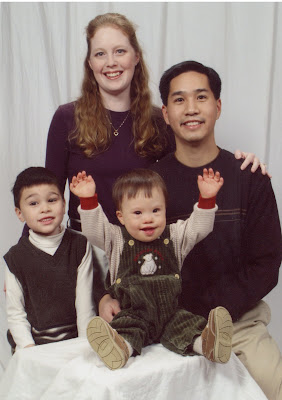My friend Helen Lee, coeditor of Growing Healthy Asian American Churches, has a post on her blog describing her experience in suburbia. She notes that when her family moved to one particular suburb, they didn't get to know the neighbors there much at all. They recently moved to another suburb, and in contrast, they found themselves in a community that was very neighborly, rooted and interconnected. This is particularly interesting to me because the latter suburb has a bit of a reputation of being upscale and perhaps snobby/elitist, and if the stereotypes held true, I would have expected Helen to have had a more neighborly experience in the other suburb.
I guess it's a lot like local churches as expressions of larger denominations. Sometimes you think that a particular denomination is liberal or fundamentalist, but the specific local church down the block surprises you by being the opposite, whether evangelically conservative or progressively activist or whatnot. In churches, so much depends on local leadership. And in suburbia, so much depends on the local residents. It's certainly true that some neighborhoods have structural things that either facilitate or inhibit community, but we're called to bloom where we're planted, and a few key people in a neighborhood can make a huge difference in creating a neighborly environment.
Interestingly enough, Helen's post also mentions that she lived in a rural small town for a few years and was quite socially isolated. It's been said that small towns and urban communities have more in common than suburbs, because they maintain a sense of local neighborhood and aren't fragmented by suburban commuter culture and anonymity. On the other hand, it seems like it's often hard for newcomers to feel welcome in small towns, because the existing communities are well-established and transplants can be viewed as a threat to that stability.
This actually makes me wonder if suburban transience is a downside that can be subverted into an opportunity. Many suburbanites are transplants, and that means that communities may be more porous and easier for newcomers to break into, with less of an existing establishment. New residents might actually be more open to new connections and building community, especially in new developments and subdivisions where everybody is in the same boat. Again, to draw a church parallel, sometimes it's easier to start fresh church plants than to renew historic long-term congregations. Not that there aren't challenges either way. At any rate, I'm encouraged by Helen's post, that people are taking initiative and creating community here in suburban Chicagoland.
Subscribe to:
Post Comments (Atom)


No comments:
Post a Comment